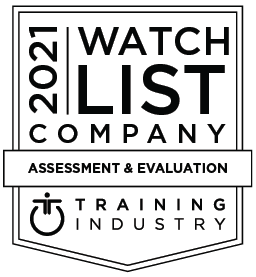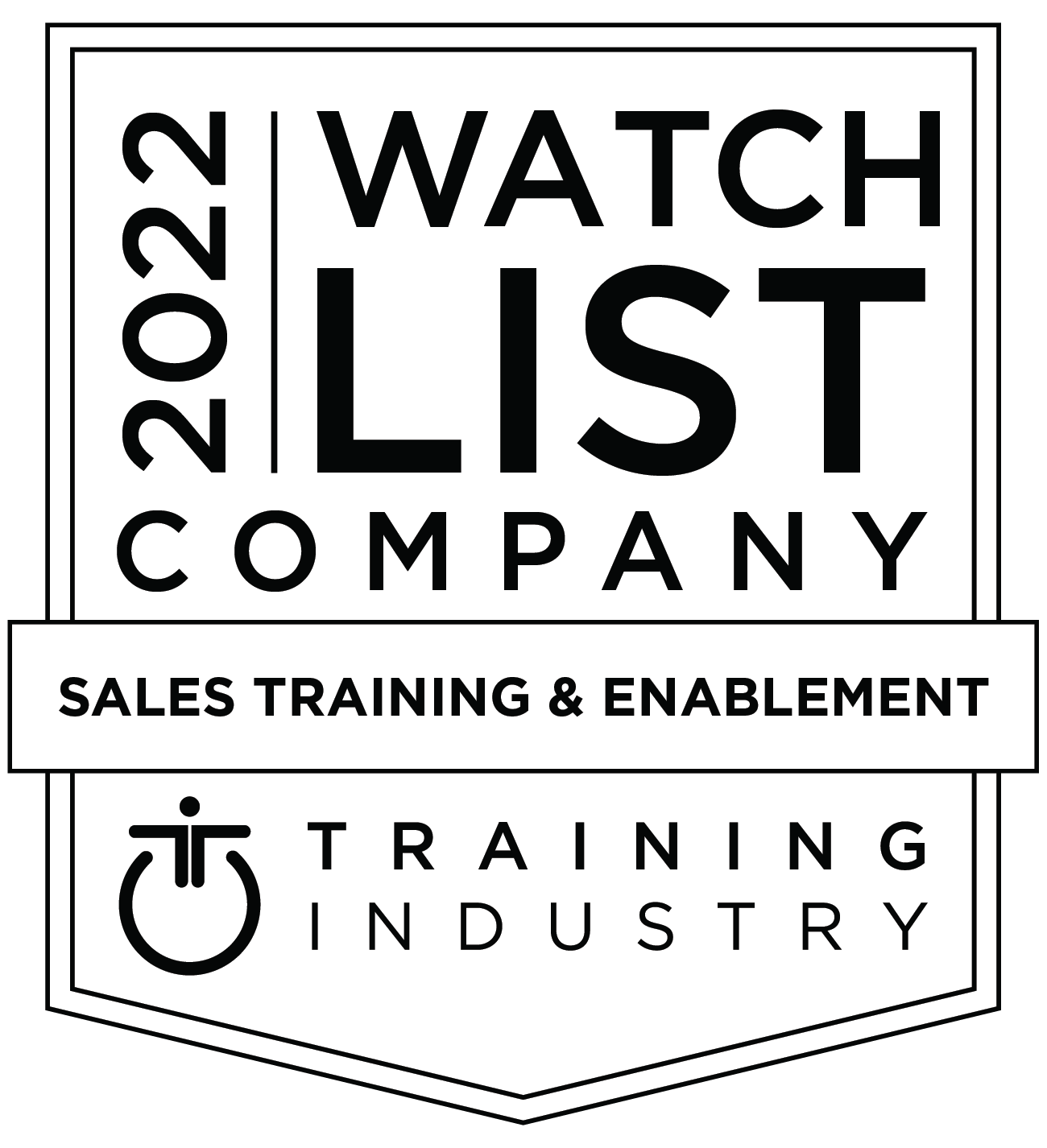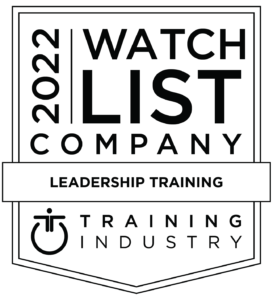This past week, I had the opportunity to lead a session with my colleague, Karen Bintz, at the ABPM (Association of Briefing Program Managers) Spring Conference on conducting hybrid briefings. Although the focus was on customer briefings, many of the skills apply to hybrid meetings as well.
As more people are coming back into the office, hybrid meetings—meetings in which some attendees participate in-person and others attend virtually—are becoming more frequent.
The fact is, they are harder to conduct than many think. Leading hybrid meetings combines the inherent challenges of an in-person presentation and those of a virtual meeting. The key to success? Address the challenges of both in your approach and delivery.
The following 5 tips can help you master the nuances of presenting in this new hybrid-meeting world:
- Plan to stand up
Standing up is always the best way to present, and it’s recommended in a hybrid meeting environment as well. Standing naturally increases your energy, encourages natural gesturing and movement, and helps you come across as real and engaging. Standing even impacts your voice, adding volume and variation in your tone. Standing also lets you move about the room. When you do, walk purposely and don’t forget to keep your focus on your audience.Standing and moving around when presenting is one big reason that practicing in the space you’ll be holding the meeting in (see tip 4 below) is so crucial. If you’re in a corporate meeting room with cameras that track your movement, you’ll want to know how that works and if there are any blind spots. If your camera is a single fixed point, you’ll need to see how that works in the space—and where you can move without going out of the camera’s frame. - Make eye contact with everyone
In a hybrid meeting environment, eye contact can be tricky. It can take effort, and a little practice, to have it feel natural for all attendees. The goal is to replicate the eye contact of a one-on-one conversation.The key is to treat a camera as a person in the room. When looking around, make random eye contact with each person (or camera) for 3-5 seconds—long enough to make a connection. When you shift your gaze, do so at a point where there’s a pause in the presentation, i.e., not in the middle of a word. Avoid scanning the room in a predictable pattern. Randomly choose who you’ll make eye contact with next. Conversely, darting your eyes around quickly without landing for a few seconds on an individual makes you look nervous and makes your audience uneasy. - Engage with questions
Involving your attendees in a hybrid meeting is important for engagement, but it also means considering in advance how you’ll use the technology. How will all of the participants answer your questions? Will you ask everyone to say their answer out loud to ensure each person is heard? Do you want answers typed in chat? If so, is there someone who can read those from the virtual group aloud? How will you handle the in-person attendees?Planning your engagement questions and how you’ll ask for answers, in advance, is essential. - Practice, practice, practice
The secret to incorporating all of the above? Practice. Practice in the space you’ll be in and record yourself with the technology you’ll be using. While hardly anyone enjoys watching themselves, it is the single best way to see and feel what the experience will be for those attending so you can adjust your approach before the meeting. If possible, ask someone to observe you in person, and get their feedback as well.The higher the stakes, the more you’ll want to practice in a setup that’s as close to the real-life meeting as possible. We’ve found that nearly everyone consistently underestimates the unique, nuanced challenges created by hybrid meetings. - Set yourself up for success at the start
Before you schedule a hybrid meeting, consider what you are trying to achieve. Is a hybrid meeting the best format? How important is it that everyone is on a completely level playing field? If so, might it be better to have everyone attend virtually? This can be the best way to ensure that everyone has the same exact experience with less overall complexity. Alternatively, sometimes breaking the meeting up and hosting two separate meetings, one in-person and another virtual, can be more effective.Focusing on the above will help make your hybrid meetings inclusive and engaging for all attending, enhancing the experience for attendees and enabling you to more effectively present with impact.
If your team is, or will be, leading hybrid meetings, let’s talk about how Mandel can help.










